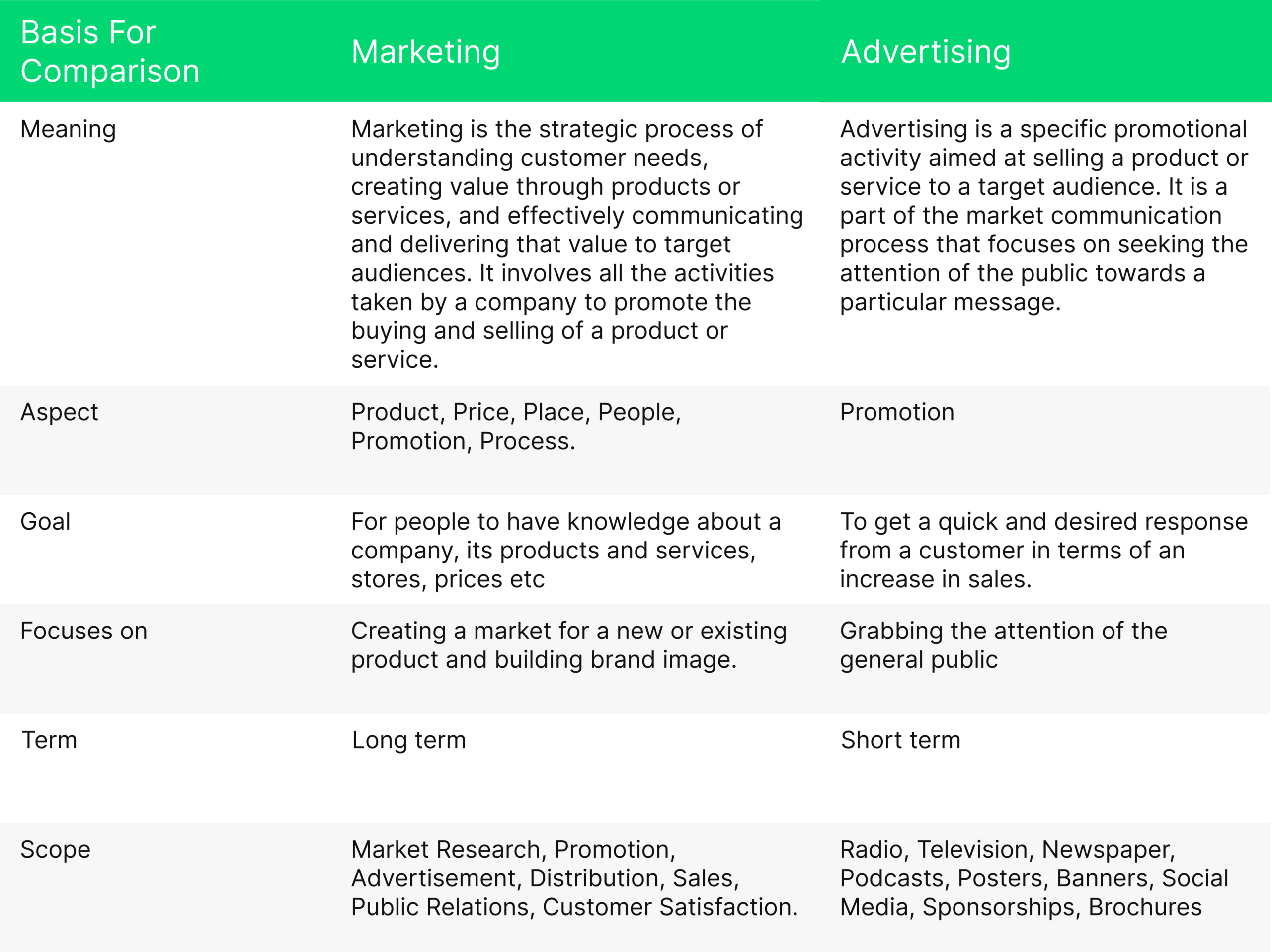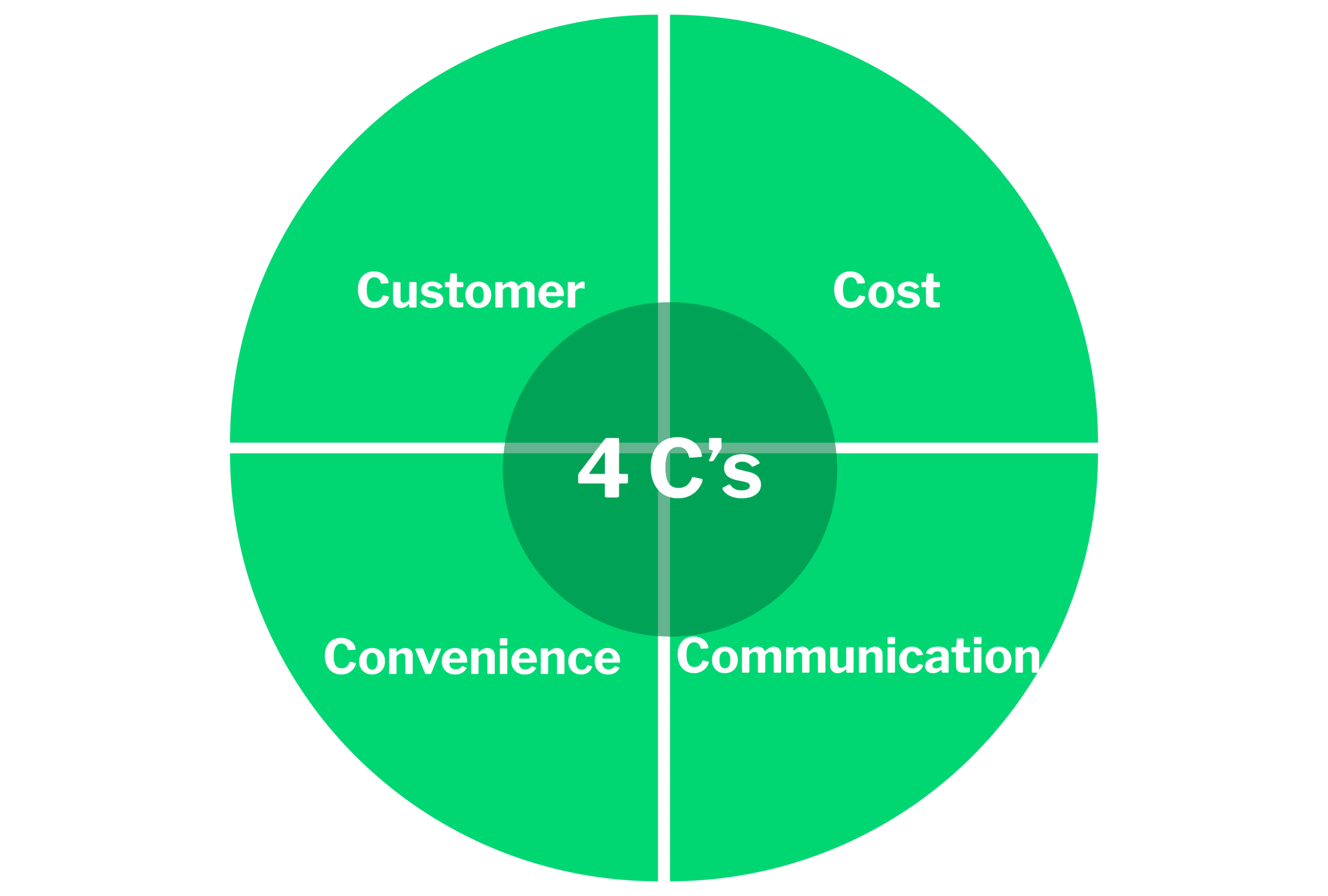
The Ultimate Guide To Marketing Campaigns (With Examples!)
Learn how to plan, execute and analyze a successful marketing campaign.
 by
Okpaka Peace
by
Okpaka Peace

Marketing is like the ultimate bridge between businesses and their customers. Almost everything that you come across or use has a touch of marketing.
Don’t believe me?
Think about it this way: Have you ever come across a product or service that seemed tailor-made for you? Maybe it was a clever ad that caught your attention or a personalized email that spoke directly to your needs.
That’s the magic of marketing at work!
Basically, marketing can either be subtle or extremely noticeable. It is a must for the growth, survival and expansion of a business.
Advertising is a powerful tool used to inform the public about a business and the services or products that they offer.
It is part of our daily lives. It’s everywhere we look – on billboards, TV screens, and even on our phones.
Although advertising plays a heavy role in promotional activities, it isn’t just about selling your products and services.
Today, advertising is more creative, interactive, and personalized than ever before.
It focuses on crafting messages that make an impact, trigger emotions, and create an unforgettable brand experience for users.

Advertising has a rich history that dates back thousands of years. Its origins can be traced to ancient civilizations.
The word “advertising” is derived from the Latin word “advertere,” which means “to turn toward” or “to pay attention to.”
In Ancient Egypt and Rome, archaeological evidence suggests that Papyrus posters and painted walls were used to advertise various products and events.
Also, in Ancient Greece, advertising took the form of oral announcements made by town criers or public speakers.
It is evident that advertising has been in existence for as long as we have existed.
In modern times, advertising has become a core component of marketing. It is the most significant and unarguable, the most expensive aspect of marketing.
Advertisers pay for the placement and dissemination of their ads through various media channels. The goal is to create awareness, generate interest, and persuade more people to buy or use the advertised product or service.
Learn More: The Ultimate Guide To Advertising
Advertisement or ads are messages seen or heard by a target audience, while advertising is the process of creating these message and using appropriate channels to get it across to the public.
Advertising campaigns are a coordinated series of advertisements and promotional activities. They are designed to help achieve specific marketing objectives within a defined timeframe.
These objectives can be increasing sales, building brand awareness, launching a new product, or targeting a new audience.
An advertising campaign typically involves a combination of various advertising channels and mediums. The campaign’s components may include creative ad designs, slogans, jingles, taglines, and other promotional materials.
The message communicated must be clear and have consistent branding across all mediums. To execute a successful advertising campaign requires careful planning, research, and creative execution.
Marketing is understanding customers, creating value, and building relationships to achieve business goals. You want to get people interested in what you have to offer.

This happens through analyzing consumer behavior, researching market trends, developing products or services, determining pricing strategies, identifying target audiences, and promoting offerings through various channels.
The ultimate goal of marketing is to build a strong and sustainable relationship with your customers. The first thought to strike their minds when they think of a product should be your brand.
The marketing process begins long product development and it doesn’t end after a product launch. It is a continuous process that focuses on ensuring that your customer remains satisfied with your product or service.
With the marketing process, a company sets out to match the product with the customers’ wants.

The marketing mix is a set of marketing tools and strategies that businesses use to achieve their marketing objectives. It began as a simple classification of 4 key components, often referred to as the “4Ps of Marketing”
Product
Involves the design, development, and features of the product or service. This includes considerations such as product quality, packaging, branding, and unique selling propositions.
Place
Also known as distribution, focuses on how the product or service reaches the target audience. Decisions related to channel selection, distribution channels, warehousing, and logistics in this component.
Price
Refers to the amount that customers must pay to get the product or service. Consider factors such as production costs, competitor pricing, market demand, and perceived value.
Promotion
This component involves the communication and promotion of the product or service to the target audience. This encompasses promotional activities aimed at generating awareness, interest, and desire.
Over time, more elements were added to accommodate the changing business landscape. This change led to the “7Ps of Marketing”.
People
These are the individuals involved in delivering the product or service to customers. Employees, sales representatives, customer service personnel, and others who interact directly with customers.
Process
Process represents the procedures and systems involved in delivering the product or service. Focus is placed on customer experience. That is, the buying process must be efficient, smooth, and meet customer expectations..
Physical Evidence
Refers to elements that customers face during their interactions with the product or service.
For a product or service to be successful in the market, the marketer will first need to consider the 4C’s of Marketing.
It places emphasis on the customer’s perspective and focuses on their needs and wants. After considering the 4C’s, the marketer develops the 4Ps depending on the need.

While the 4 Ps or the 4 Cs are commonly used in marketing, the 5 Ms of advertising is a less known concept. Yet, it can provide a useful framework for understanding different elements of advertising.

Mission
Refers to the purpose of an advertising campaign. Here, the goals, target audience, key messages, and desired outcomes of the advertising efforts are clarified.
Message
Specifically the content and communication of the advertising campaign. Elements, such as copywriting, visuals, slogans, and storytelling techniques, designed to convey a compelling message to the target audience.
Media
Media relates to the channels or platforms through which the advertising message is delivered. The advertiser selects an appropriate media outlet based on the audience’s preferences and reach.
Money
This refers to the budget allocated for the advertising campaign. The total amount needed to run ads on the selected media platforms
Measurement
The advertiser must check the effectiveness, success and impact of the advertising campaign. This includes monitoring various key performance indicators (KPIs).
These are;
The interplay between advertising and marketing is essential, as they work hand in hand to achieve business success.
Both play vital roles in building brand awareness, attracting customers, and driving sales.

Learn how to plan, execute and analyze a successful marketing campaign.

Understand the key differences between advertising and marketing.